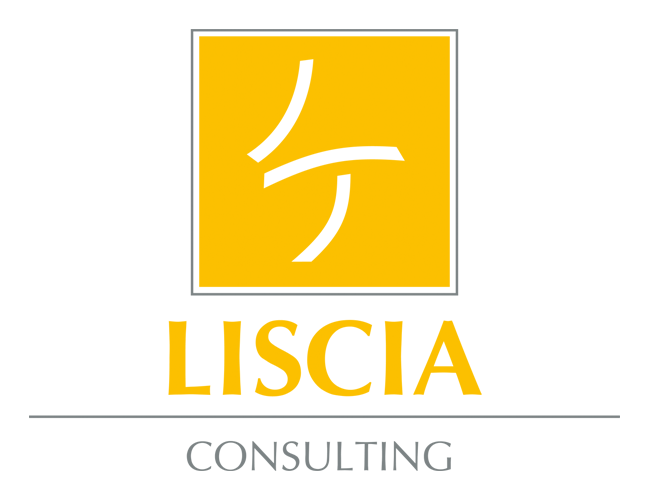A CFO asks a CEO: What will happen when we invest in our people and they quit on us? Says the CEO: What will happen when we don’t invest and they stay? You might have heard this joke when it made the rounds on the net but did you also fathom the truth behind it? We repeatedly hear the same questions from our (potential) clients: “Will this program have a long-term influence on our staff ’s behavior?” “We’re under enormous financial pressure, is there any way to measure the training’s success?” Or the general question: “Is it worth it?” “YES!” Without a doubt. Your personnel development return on investment can and should be measurable. It makes no sense to spend money on something without being able to evaluate whether the investment paid off or not.
The only way to successfully attain your company’s goals is to ensure your workers have the necessary skills and personal competence to meet them. Targeted personnel development clinches your enterprise’s success as it encompasses all educational, advancement and organizational development measures that a person or organization systematically, methodically and purposefully plans, carries out and evaluates to attain a specific end.[1]
In this book we have often spoken about the shrinking shelf-life of knowledge. Skills and insights gained during schooling are no longer sufficient to last an entire professional lifetime. We are all obligated to regularly update our qualifications through lifelong learning. Especially when you follow developments on an employment market utterly bereft of skilled labor and realize your personnel needs will no longer come from that corner – not now and even less so in the future. Ergo, your personnel department must develop its personnel as well. If you hope to remain a serious competitor in the high-speed technological and digital innovations of our day, you simply must consistently realign your employees’ competence and skills with the demands of their individual tasks – which is the primary objective of personnel development.
Successful personnel development (PD) in your business calls for inspiration and creativity. This is a good moment to turn back the hands of time and revisit those moments in our life’s history when we couldn’t care less if what we were doing had purpose or meaning. All we cared about was how to do it. When we were young children, we had the capacity to delve so deeply into our play we completely forgot the world around us. We didn’t ask why or what for or what we will get out of it. We were simply one with the process, enduring, insisting, ambitious until we understood what we were trying to understand. We learned how to learn and moved on to become who we are – people who have learned how to learn. This is the capacity we need to reawaken. […]
Our brains are creatures of habit and think in recognizable patterns. Confronting new, complicated circumstances demands intense attentiveness. The advantage is we don’t have to think about fundamental actions such as how to walk. […] Without conditioned habits, the brain would be overwhelmed by everyday details. Yet our conditioning has a downside. Without knowing it, we limit our perception and become inflexible and rigid. When we are in the habit of taking the same way to work every day, we go along for years without noticing what is going on to the left or right or even asking ourselves if there could be a better route.[2]
In personnel development, always taking the same route is exactly what you don’t want – to repeat the same training and hope it works. Sure, it may not have worked with one employee, but it just might by the next. And the same is true the other way around: A training program that has proven successful for years will not necessarily succeed for all eternity. So, how to proceed, knowing the training or coaching will have an effect, a measurable effect? In Question 16, when speaking of Education 4.0, we pointed to the three sources of efficient, successful learning. Source Number 1 is learning through training programs, coaching and/or workshops and contains 20 percent of your learning effort. An additional 20 percent is absorbed through learning from colleagues, mentors or your superior. With 60 percent, learning Source Number 3 has the greatest impact and is gained on the job.
This means literally learning by doing. For example, to successfully apply and absorb lessons you learned over a 2-day training program or workshop, you must calculate another two days of practical application under the guidance of a mentor and/or your leader. […]
Six additional days on the job practically applying what you have learned in theory allows your new knowledge to take root. What sounds like an awful lot of company time can be more efficiently and effectively exploited by combining talent or leader development programs with projects in your company’s interest. The projects are designed to require precisely those skills or capacities attendees will learn in training programs, coaching or workshops.
An excerpt from the book “Leadership is More – 27 Questions We Too Can Answer” written by Gianni, Jan & Marcello Liscia, 2022
[1] Becker, Manfred, Personalentwicklung: Bildung, Förderung und Organisationsentwicklung in Theorie und Praxise/Personnel Development: Education, Advancement and Organization Development in Theory and Practice, Schafer- Poeschel Verlag 2013, pg.5.
[2] zeit.de, Mach es anders!/Do it differently!, published Feb. 14, 2016.




